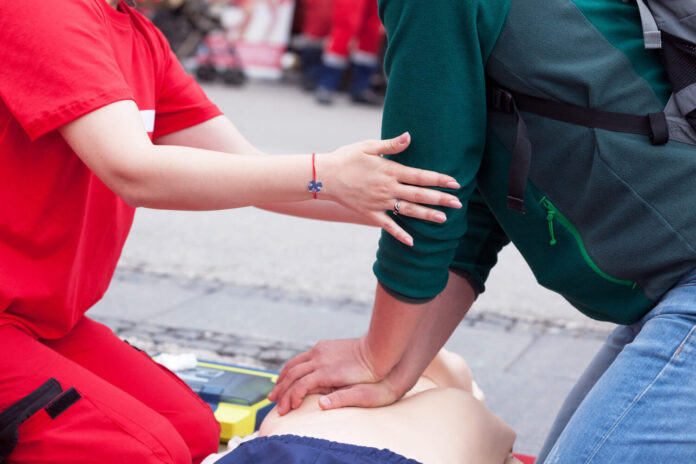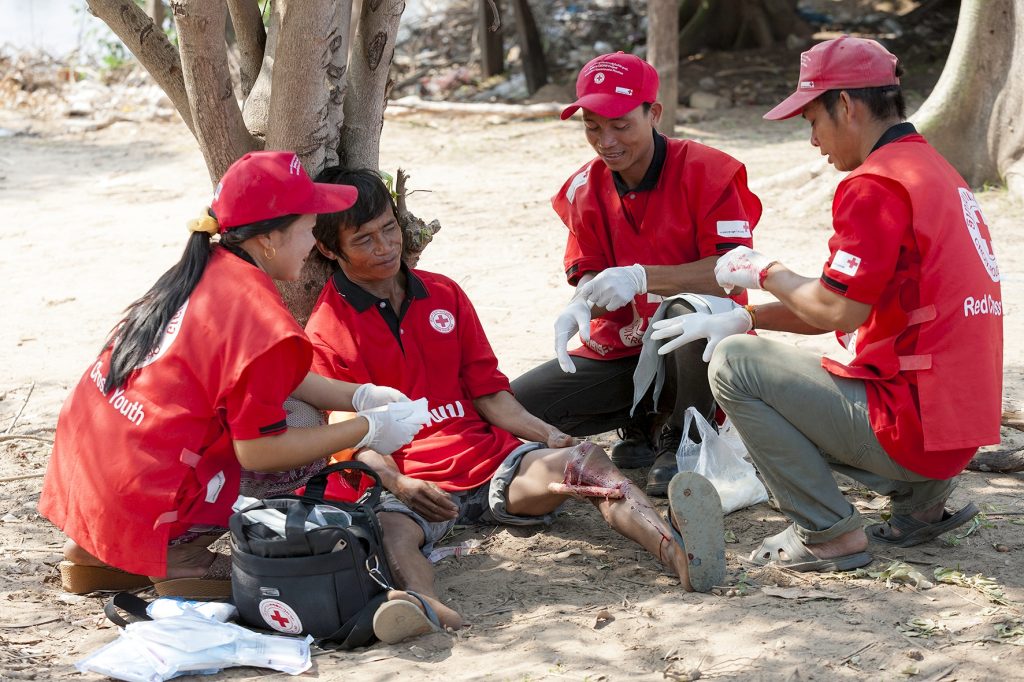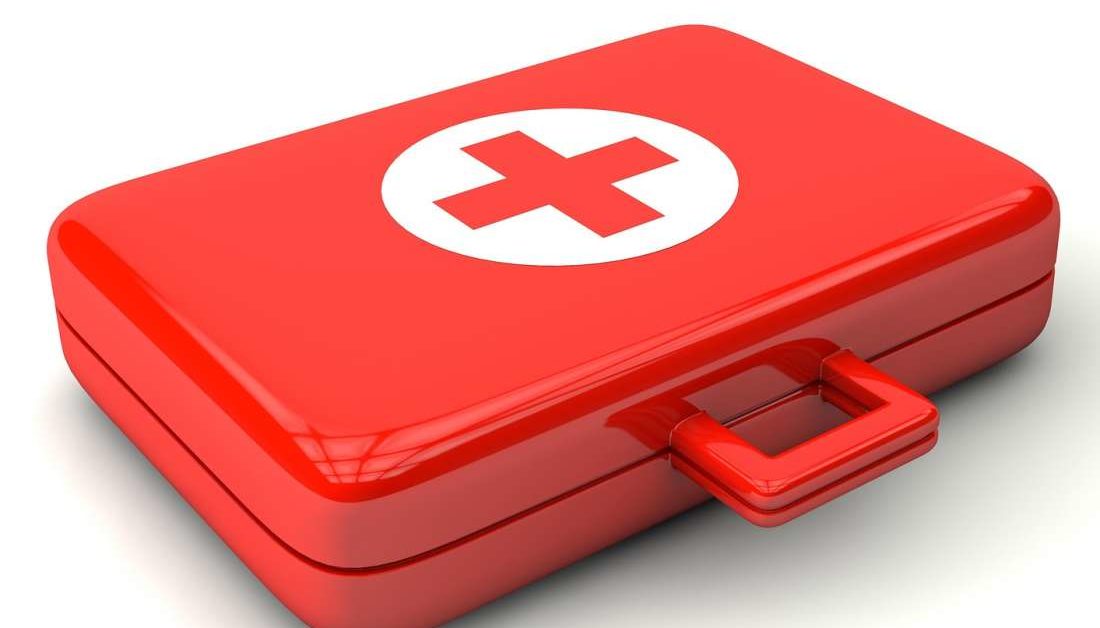
When it comes to first aid, the risk of disease transmission is often overlooked. From cuts and scrapes to burns and splinters, many people fail to recognize that providing immediate assistance can mean exposing themselves or others to serious health risks.
While providing first aid in any situation is a noble act, understanding the hidden dangers associated with it is essential for protecting yourself and those you are helping. This article will discuss the potential consequences of improper handling of injuries and diseases in these scenarios and provide tips on how to minimize risk while still providing effective care.
Identifying Common Risks

In a medical emergency, the ability to recognize and identify common risks associated with administering first aid is essential for providing safe and effective help. It can be difficult to know how best to respond in such situations, as even seemingly simple practices like bandaging a wound or treating an allergic reaction can carry unexpected dangers. Knowing the signs of potential complications from these treatments could mean the difference between life and death.
This article will discuss some of the most common risks associated with providing first aid care to help you better prepare yourself for any situation that may arise.
Understanding the Potential Consequences of Infectious Diseases

When it comes to understanding the potential consequences of infectious diseases in first aid scenarios, it is crucial to recognize that they can quickly become life-threatening. The danger lies not only in the spread of the disease itself but also in the other complications and issues that may arise as a result.
For example, while some infections might cause severe pain and discomfort, others could lead to respiratory failure or sepsis if left untreated. It is important for anyone who finds themselves providing first aid—especially when dealing with an unknown illness—to be alert for signs such as fever, difficulty breathing, confusion, or extreme fatigue which could indicate a more serious underlying condition.
Furthermore, even after providing treatment, there are other risks associated with infectious diseases such as long-term disability due to organ damage or death if medical attention is not sought soon enough. Understanding these potential consequences is key to ensuring that appropriate action is taken and can help those providing first aid understand how best to protect both themselves and their patients from harm’s way.
Preventing and Minimizing Disease Exposure during First Aid Procedures

When it comes to providing first aid, certain precautions must be taken to prevent and minimize the risk of exposure to any potential diseases. Understanding the dangers of disease transmission in a medical emergency can help provide safer and more effective care for those who are injured or ill.
The most important thing is to practice proper hygiene while administering first aid. This includes washing hands before and after assisting, wearing protective gloves at all times, avoiding contact with bodily fluids such as blood or saliva, and thoroughly disinfecting any surfaces that have been touched during treatment.
It is also recommended that individuals carry an additional set of gloves in case their initial pair becomes contaminated with germs from the patient they are assisting. Another way to reduce risk when performing first aid procedures is by remaining alert for signs of infection in patients being treated.
If a person appears feverish or has open wounds that appear infected then they should be referred immediately for professional medical attention instead of attempting advanced treatments such as stitching cuts or setting broken bones themselves. Finally, if providing prolonged care over multiple days then it’s essential to ensure adequate rest periods between sessions so both parties can remain healthy throughout the process.
A tired caregiver may not notice symptoms early on which could lead to greater spread of disease if left untreated until too late. By following these simple guidelines one can significantly reduce their chances of exposing themselves and others around them while still providing life-saving care during urgent situations where time matters most!
Conclusion

First aid is an invaluable skill, but there are hidden dangers that must be taken into consideration. Diseases can sometimes be transmitted through contact with bodily fluids during a first aid scenario, and proper safety measures need to be taken to prevent the spread of infections.
Everyone needs to have basic knowledge about how to treat injuries and illnesses while minimizing the risk of contamination. Taking a course such as CPR Certification Now’s First Aid for Severe Bleeding Certification (https://cprcertificationnow.com/products/first-aid-for-severe-bleeding-certification) will help ensure that steps should be taken if you ever find yourself in a medical emergency situation.





